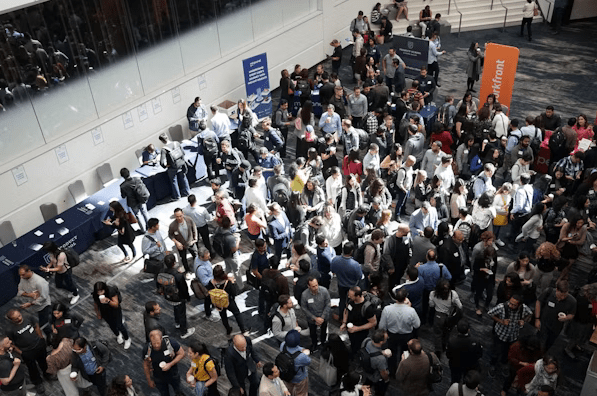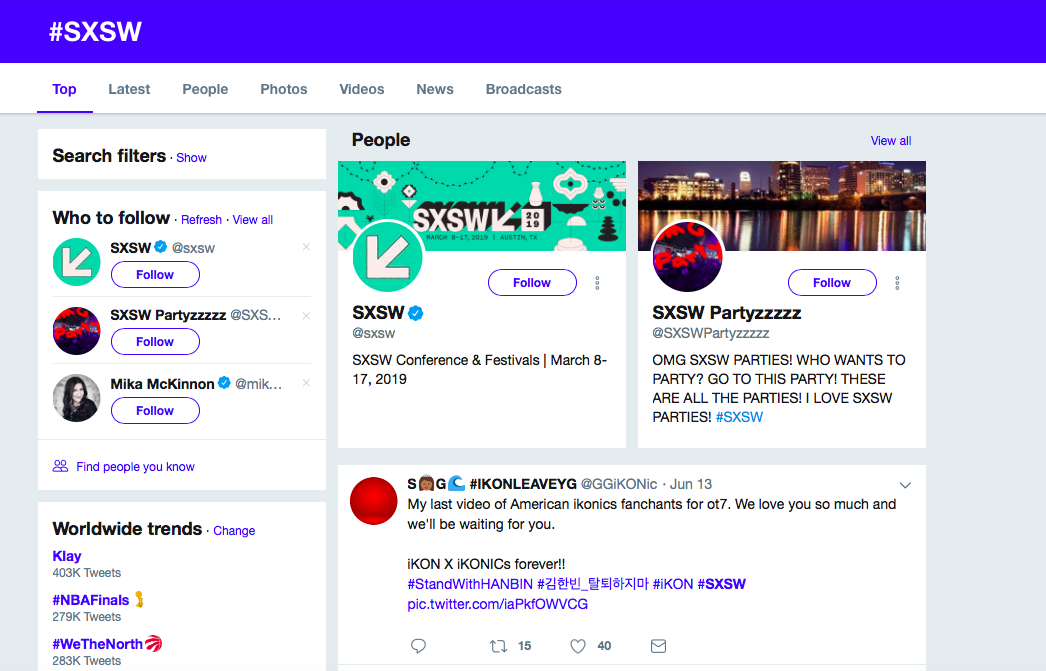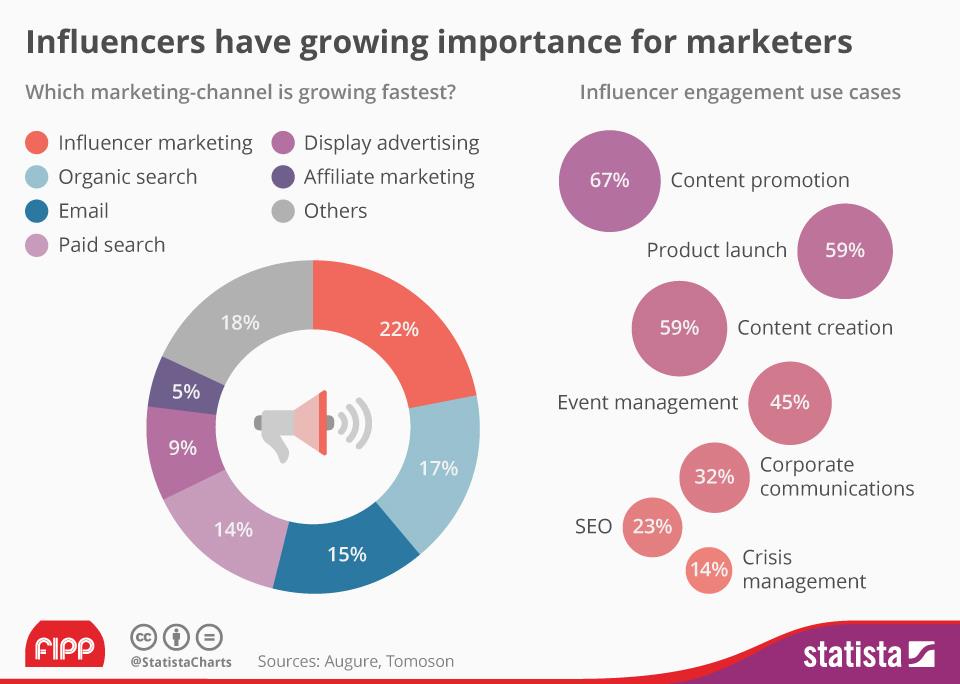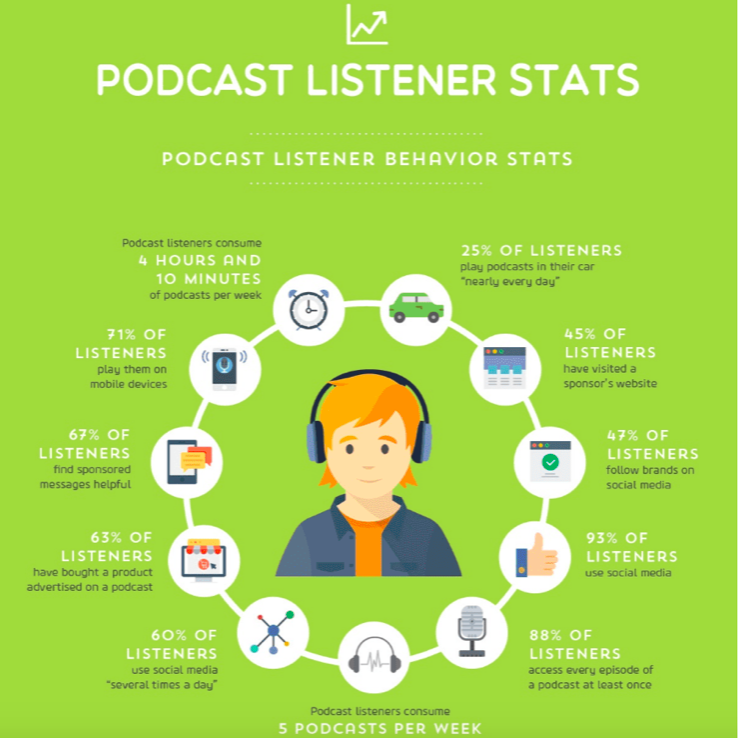By Mike White
As new event paradigms dawn, event sponsorship is dying, says Lively’s Mike White. Promoters and brands clinging to the traditional sponsor paradigm will be left in the dust.
Marketers have long turned to events as an advertising vehicle, for good reason. Event marketing is one of the most impactful channels for bringing a brand story to life. A study about the influence of events showed that 93% of consumers feel live events have a larger influence on them than television ads.
It makes sense. Events afford brands an opportunity to build brand awareness with consumers in controlled environments that leverage a shared community, a moment in time, and a unique experience. When executed well, exposure to engaged audiences correlates with brand lift from association with popular events and entertainers.
But while there’s no question about the efficacy of events, the live event paradigm is desperately in need of a modern refresh.
Traditional experiential balances competing objectives
The first issue to overcome is a misaligned incentive structure that’s baked into traditional event sponsorship. Consider the typical brand-promoter deal wherein brands and promoters have different respective objectives.
Promoters want to sell tickets and add revenue to their bottom lines. Brands want to sell their products and achieve ROI from their investment. Since events are costly to produce, they often capture a sizable chunk of an annual marketing budget and, therefore, are under intense scrutiny.
This brand-promoter paradigm doesn’t even consider the motivations of audiences to participate in a one-of-a-kind experience, or the aspirations and needs of the event’s entertainers. (All parties, crucially, want to build community. More on that later.)
A new event paradigm: from sponsorship to partnership
The last two decades of my career on the bleeding edge of live and hybrid event production have taught me a critical lesson: because of disparate objectives between brand, promoter, sponsor, and audience, it can be hard to orchestrate a positive experience for all parties.
This is why sponsorship needs to be put to rest and partnership needs to take its place.
Under a partnership dynamic, all stakeholders invest and align on goals, using the following 4 steps.
1. Shift the event objective
First, marketers need to refocus the event objective to one goal that all stakeholders have in common: community building.
The objective is to convert event audiences who are there for the event’s entertainment into an always-on community so that you can create conversation and grow relationships and engagement over time.
This should align key stakeholders around a measurable goal, and overcome potential pitfalls of different objectives.
2. Integrate technology
Today’s audiences occupy more than a physical space in time. At any given moment, they’re connected to multiple environments across digital touchpoints, including social media channels, mobile applications, and other communication and streaming platforms.
To lose sight of these digital spaces is an immense opportunity lost, since an audience’s engagement in the context of multiple channels can expand the footprint of an event while building a shared community for the event’s partners.
At Lively, we’re highly attuned to these touchpoints. We call them ‘experiential media ecosystems’. When stakeholders are intentional about these ecosystems, they become owned channels for communication and engagement that live well past the one-time event.
Not only does this allow brands to experience sustained gains, but inviting audiences into an owned community offers rich and actionable data that can help marketers iterate meaningfully on strategy.
3. Focus on authenticity
Looking at event execution as a partnership means all parties align on the audience they want to engage. Authentic engagements between creative, sponsor, and audience are essential to successful activation.
Once brands and creators align on audience and messaging, brands can and should relinquish control to creative to allow them to communicate with audiences in ways that resonate genuinely.
4. Grow and engage the community over time
Event promoters have traditionally pushed back against hybrid and other tech-enabled events because they fear that streaming live events might take away an incentive for an in-person ticket purchase.
Promoters need to evolve their thinking, because streaming can expand the reach of live events, engage new audiences, and create fomo.
The content shared at live events does not replace the in-person experience. Instead, when events are well-executed, it makes our peer groups want to attend the following year.
If all three parties can benefit from an owned event community, it allows the audience to be engaged far beyond the event in interesting and meaningful touchpoints.
More than ever, events are ripe marketing vehicles for brand marketers. Ensuring that stakeholders are aligned is the key to reaping the benefits of experiential activations. Integrating technology to build and engage a community that lasts beyond the event invites new audiences and fortifies event interest. Promoting the community alongside all stakeholders will ensure that event ROI is even more than the sum of its parts.
Feature Image Credit: Unplash










